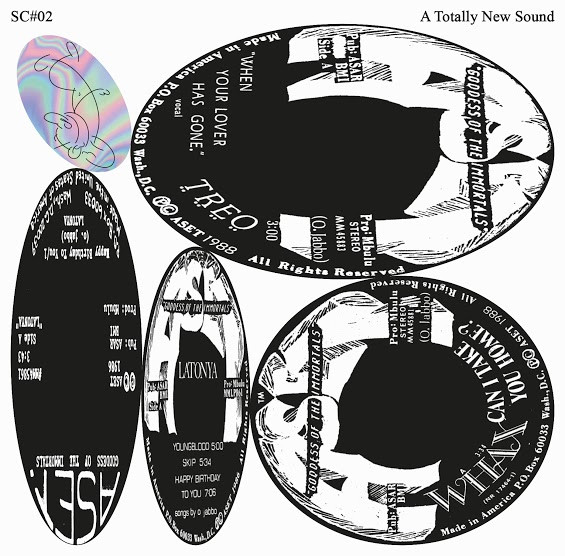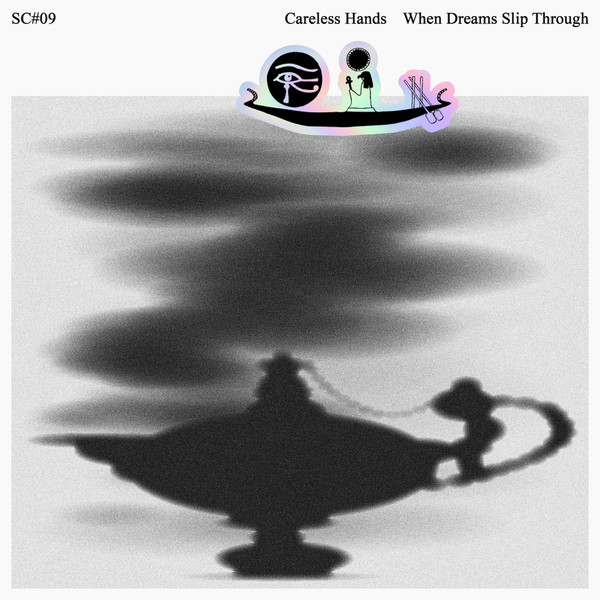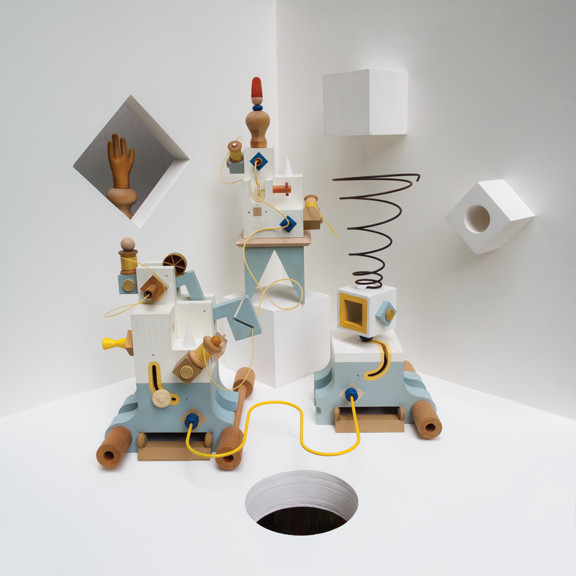smilingc: ...Aset was a feminine goddess of ancient Egypt. She had the magical prowess to cure the sick and bring her husband back from the dead. Over 5,000 years later, a collective of individuals deeply involved in community improvement initiatives and the struggle for justice and equality would gather in the Washington, DC metropolitan area to form a social movement of their own. They named themselves after Aset, the ‘Goddess Of The Immortals’, and their power was diffused through song. They had a unique approach as a record label to incorporate local D.C. youth and give them a space to develop their musical talents.This compilation explores the back-catalog of Aset, anthologizing three distinct projects that they were focusing on from 1986-1988. Aset’s first release was a debut album from Latonya, the niece of one of the Aset members. She was eleven at the time of recording and sang about divorce, dancing, and love. She was set to be the poster child of Aset with a follow-up LP planned, but ultimately, the recording process became too demanding for Latonya and her parents. Moving forward, Aset split their creative energy into two follow-up groups, Treo & Whax. Treo was a trio of high school gals in harmony singing about relationships. Their song ‘Demands Decrease Desire’ discusses the strain we put on our significant others that pushes them away, and the group touched on a romantic-electro sound through their two releases. Whax was Aset’s male counterpart to Treo, they were meant to represent the sillier side of Aset. The group was led by two high school boys who recorded a lone 7” called “Can I Take You Home?”, and we were fortunate to receive an unreleased extended mix of this song that adds a dubby delayed breakdown.Far from commercial, “A Totally New Sound” is a collection of the songs from these three acts that demonstrate how Aset crafted an electro-soul sound that is absolutely their own. All the projects were guided and produced by the label director, Mba Mbulu. He maintains Aset to this day as an online university, one of the first-ever free internet colleges. Mba continues the spirit of Aset as a political writer.Album remastered and restored as a single LP pressed at 33rpm. It comes with a Smiling C logo sticker, and an inner sleeve displaying Aset archival material, and an interview with Mba Mbulu.






